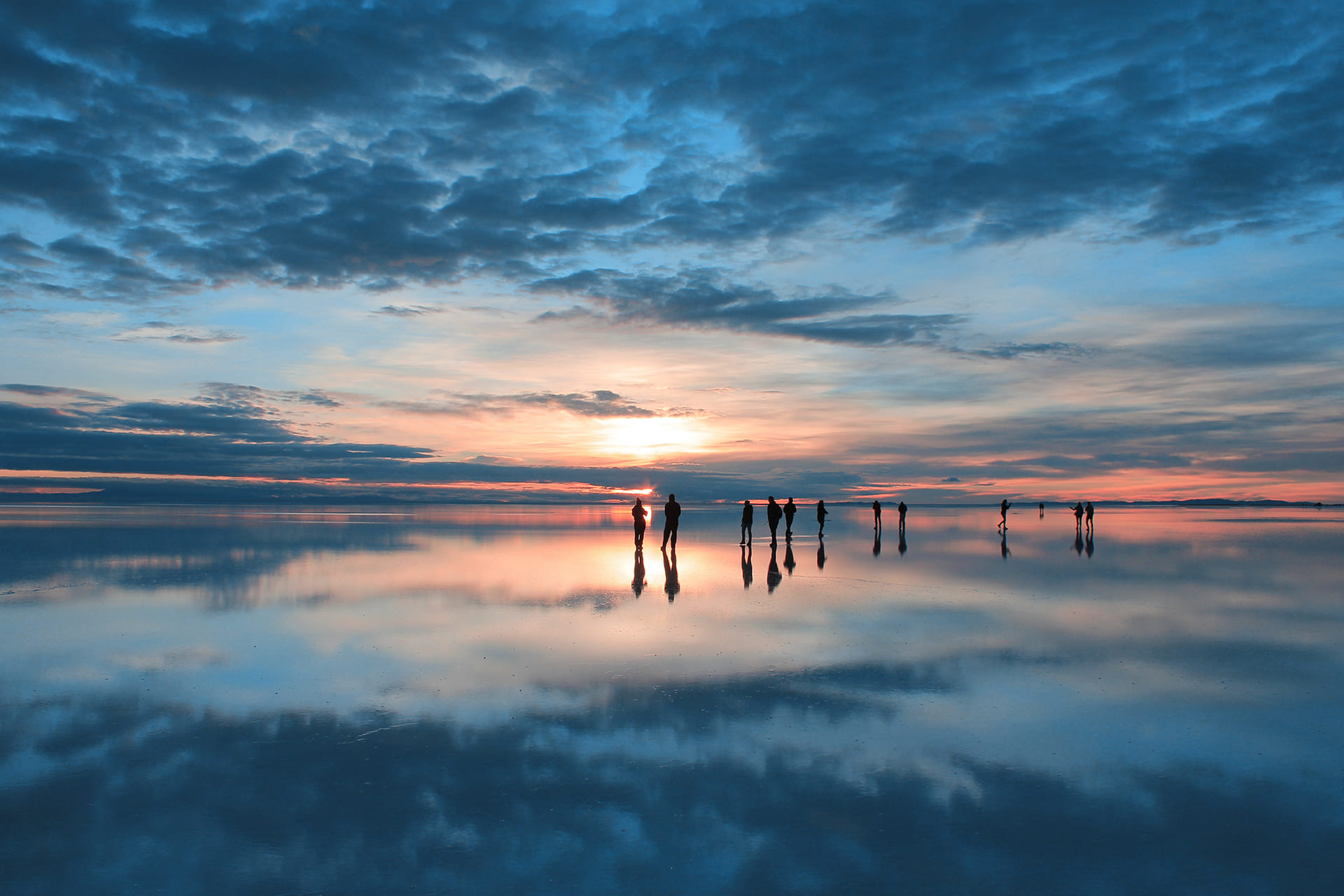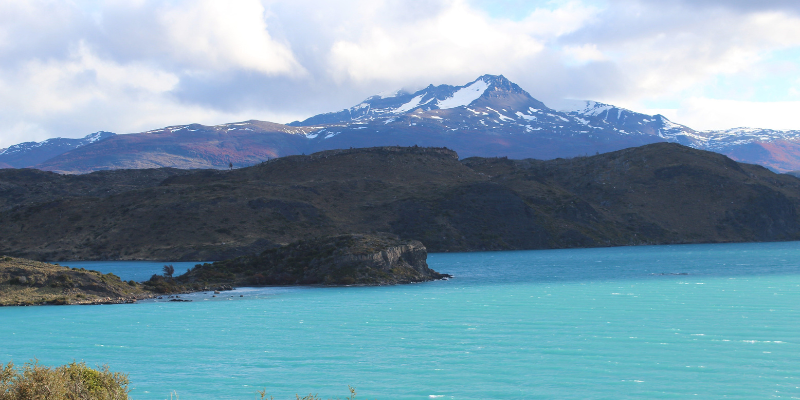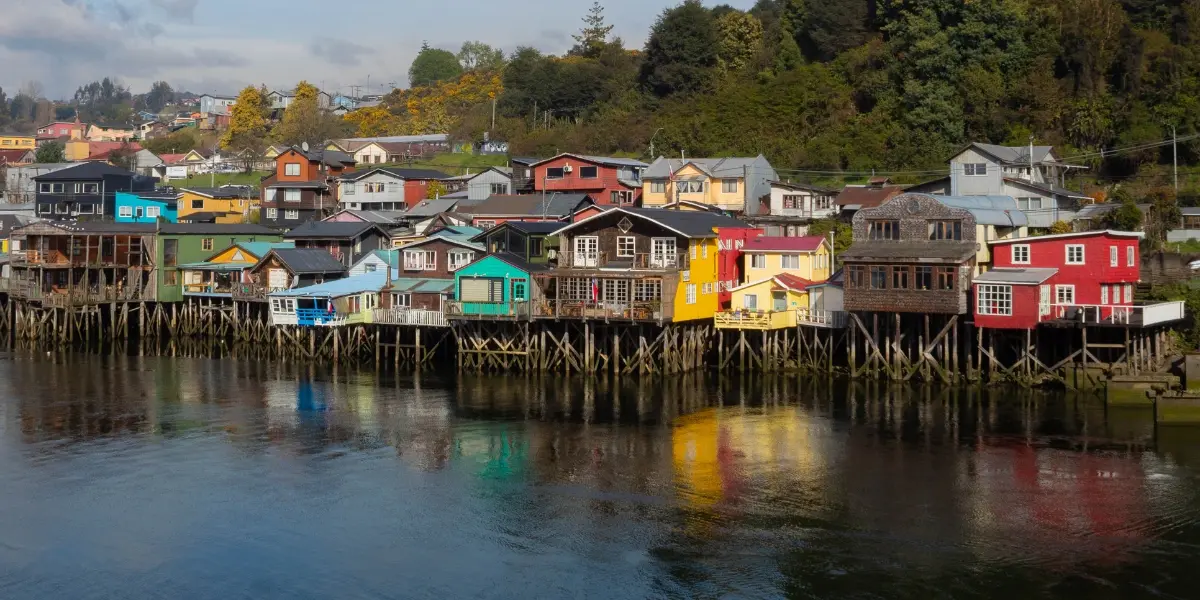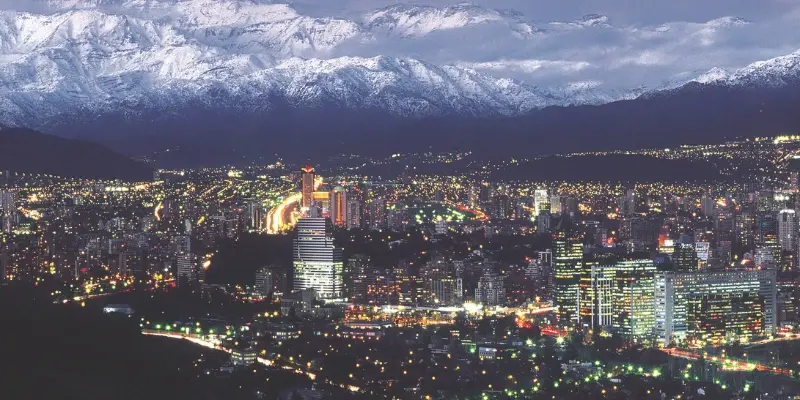The Uyuni salar is one of the most famous places in South America and for a good reason. It is the world’s largest salt flat, defined by a desolate landscape whose vastness is unmatched. The Uyuni salar is a remote place that is worth the odyssey, and you can reach the area by driving from Chile’s Atacama desert (a full-day ride from San Pedro de Atacama). A road trip that offers the best views of the altiplano, with colorful lakes, thousands of flamingos and otherworldly volcanoes.
_resultado.webp?width=1080&height=719&name=Llegada%20a%20Uyuni%20(19%20de%201)_resultado.webp)
But the Uyuni salar itself is worth the long hours spent on the dusty roads of the desert. It goes far beyond the uniqueness of the pictures you can take there : it is just incredibly unique, and these are the reasons why.
1. It is the world’s largest salt flat
_resultado.webp?width=1067&height=800&name=DRONE%20(14%20de%201)_resultado.webp)
The Uyuni salar has an area of over 10,000 square kilometers (3,900 sq mi). Crossing the entire salar (or “playa”) would take you at least half a day, and this giant salt flat can be easily identified from space (look for the great white stain on the Bolivian map). It is also high, with an elevation of 3,656 m.a.s.l. (11,995ft) near the crest of the Andes. So you’d better prepare for the altitude!
2. It sometimes becomes the world’s largest natural mirror

True story! During the wet season - known as the “altiplanic winter” (from December to February), a thin layer of rainwater creates a mirror-like surface as smooth as glass. Travelers from around the world come to spot this natural phenomenon. Unfortunately, even though you make your best to come during that time of the year, this magical event cannot be guaranteed - which makes it even more exciting, doesn’t it?
3. It offers some of the best sunsets in South America
_resultado.webp?width=1080&height=719&name=Explore%20for%20Huntington%20Uyuni%20(17%20de%201)_resultado.webp)
Are you a photographer? If you are, catching sunset from the heart of the salar should be on your bucket list. And if you’re not, you can’t miss this magic moment, when the atmosphere gets impregnated with purple, orange and pink. As the salar is perfectly flat and the horizon blurred, it is almost impossible to distinguish the sky from the earth. This otherworldly experience typically happens between 6 and 8pm depending on the time of year, and you may also want to spot sunrise though it is not as popular as sunset.
Stargazers typically come to the Uyuni salar to catch the milky way above the horizon, and enjoy one of the clearest skies on Earth.
4. It is full of history
_resultado.webp?width=1080&height=719&name=UYUNI%20(6%20de%201)_resultado.webp)
The history of the Uyuni salar started between 30,000 and 42,000 years ago, when the area was part of a giant prehistoric lake known as lake Minchin. Between 26,100 and 13,000 years ago, lake Minchin transformed into Paleo Lake Tauca with an average depth of 140 meters (460 ft). It quickly dried and left behind two new lakes (Poopó and Uru Uru) and two major salt deserts, the Coipasa salar and the Uyuni salar. The Uyuni salar is by far the largest salt flat. So you get an idea, it is about 100 times the size of the famous Bonneville salt flats in the United States (Utah). The Uyuni salar is estimated to contain 10 billion tonnes of salt. This salt is exploited in some areas, and about 25.000 tons are extracted annually. Nowadays, the Uyuni salar faces a challenge with a growing interest for the lithium it contains.
The salar is indeed part of the “lithium triangle”, a resource that is massively used worldwide especially for the manufacture of batteries (including cell phones). Bolivia holds about 7% of the world’s known lithium resources, most of them are in the Uyuni salar. Luckily, no mining plant is currently operating in the salt flats, so nature remains pristine despite some places where salt is extracted in a surprising way (search for the salt pyramids ready for harvest!).
5. It is an epic location for adventurers
_resultado.webp?width=1080&height=719&name=Bosque%20de%20Piedras%20(3%20de%201)_resultado.webp)
Despite its remoteness (569 kilometers away from Bolivia’s capital La Paz and almost 500 kilometers away from San Pedro de Atacama in Chile), the Uyuni salar is worth the trip. The most beautiful way to get there is to travel through the Sud Lípez province, which is why we highly recommend a trip to Uyuni if you come to Chile’s Atacama desert with enough time to do so. The Sud Lípez province is famous for its otherworldly rock formations and colorful lakes, such as Laguna Verde and Laguna Blanca (both near Chile’s border with the Licancabur volcano as a backdrop). But it also offers plenty of wildlife spotting opportunities. You will see hundreds of grazing llamas and thousands of flamingos, especially in the red waters of Laguna Colorada.
By traveling from the Atacama desert to Uyuni, you will cross the Dali desert, a highlight of the Eduardo Avaroa Andean Fauna National Reserve that is characterized by landscapes that resemble surrealist paintings by Salvador Dalí. The dusty gravel roads make it a real adventure and you will want an experienced driver with a 4X4 car to reach the town of Uyuni, the starting point of all adventures in the Uyuni salar.
_resultado.webp?width=1067&height=800&name=DRONE%20(19%20de%201)_resultado.webp)
_resultado.webp?width=1067&height=800&name=DRONE%20(3%20de%201)_resultado.webp)
In the salar itself, you can be driven to the famous Incahuasi island in the middle of the salt flat and do a short walk to spot the gigantic cacti, surrounded by the majesty of the salar. The former island is the top of the remains of an ancient volcano, which was submerged about 40,000 years ago when the area was part of a giant prehistoric lake.
_resultado.webp?width=1080&height=719&name=Llegada%20a%20Uyuni%20(20%20de%201)_resultado.webp)
You can also cycle in the vastness of the salar, and eventually climb the nearby Thunupa volcano (for the most experienced hikers only - acclimatizing to the altitude is a must!).
No trip to the high plains of South America is complete without a visit to Bolivia awe-inspiring Uyuni salt flats : check out our program or contact us now for a trip of a lifetime!















